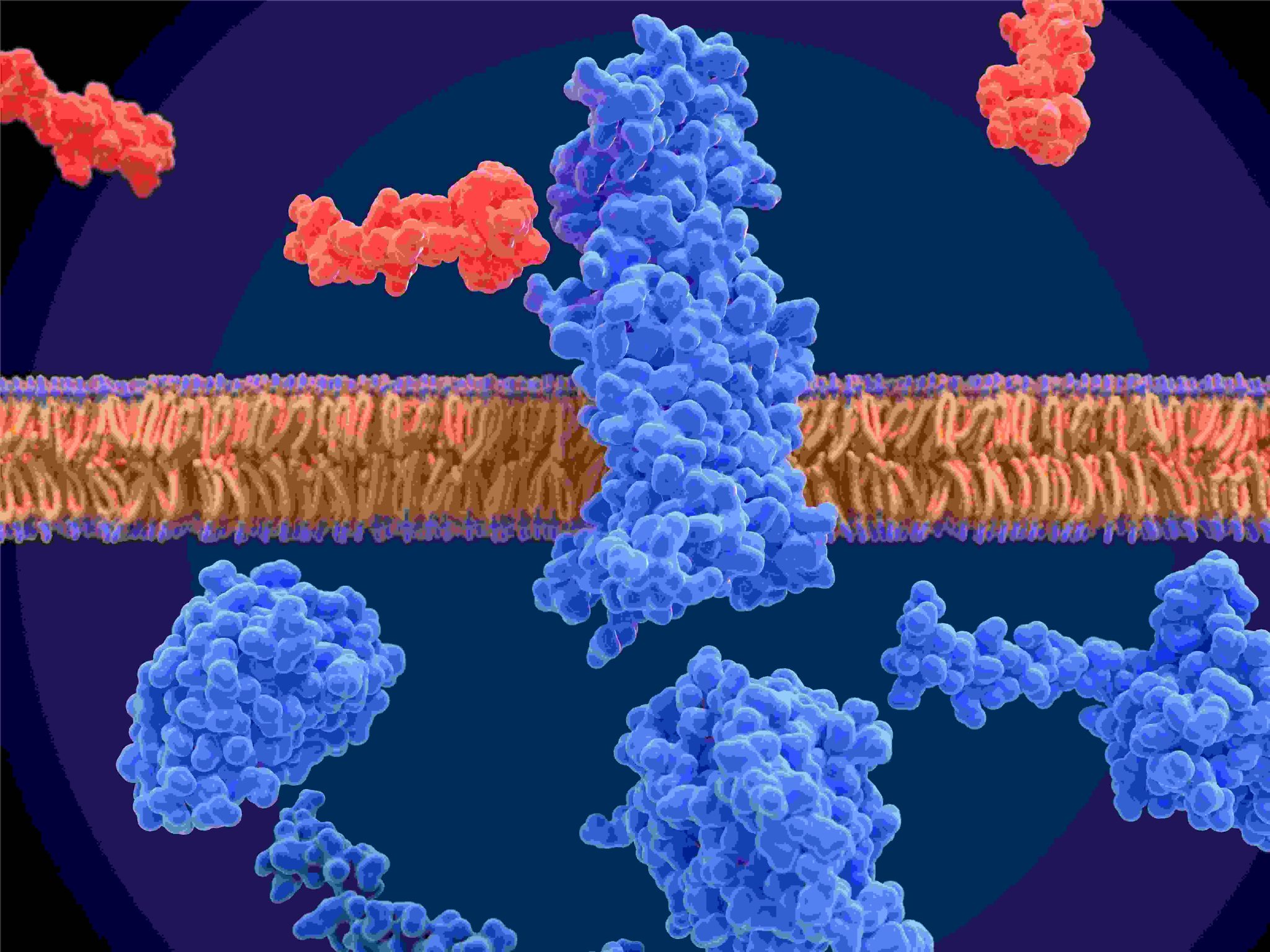
21
MayExploring the Potential of Bioconjugation: Deep Dive into SN38-BSA as a Game-Changer in Cancer Treatment
SN38-BSA is a bioconjugate product that is effectively revolutionizing the field of drug delivery. This article focuses on understanding its makeup and how bioconjugation is instrumental in its function and efficacy.
To begin with, SN38-BSA is composed of SN38, a potent anti-cancer drug, and BSA or Bovine Serum Albumin. SN38 is the active metabolite of the prodrug irinotecan, commonly used in chemotherapy. It's known for its high potency against cancer cells but has limitations in terms of bioavailability and solubility. BSA, on the other hand, is a protein derived from cows that has found extensive uses in biochemistry, including as a carrier protein for drugs.
Bioconjugate chemistry is the chemical bonding of two biomolecules, enabling them to create hybrid molecules with new properties. In the case of SN38-BSA, bioconjugation allows for efficient drug delivery by enhancing the solubility, stability, and bioavailability of SN38.
Bioconjugation involves a variety of methods such as direct conjugation, use of a linker, or use of a spacer arm. In SN38-BSA bioconjugate, a type of bioconjugate called a protein-drug conjugate is created. Here, the drug (SN38) is directly linked to BSA. This direct linkage ensures minimal disruption in drug delivery leading to better treatment outcomes.
The characteristics of each component in the bioconjugate, SN38 and BSA, prove beneficial in cancer treatment. The drug SN38 shows tremendous efficacy against a variety of cancers including colorectal, lung, and pancreatic cancer. However, issues like poor aqueous solubility and systemic toxicity have limited its use. Conjugating it with BSA significantly improves these aspects. BSA has excellent solubility, low immunogenicity and can readily circulate in the body for extended periods.
Moreover, the conjugation of SN38 to BSA allows for controlled release of the drug. Once this bioconjugate is administered, it is absorbed by the tumor cells and the drug is slowly released into the cells. This leads to a longer circulation time for the drug, ensuring that it remains in the body at therapeutic levels for an extended period. This increases the efficacy of the drug and decreases the risk of adverse side effects.
The bioconjugation of SN38 to BSA also allows for targeted drug delivery. BSA has a strong affinity to a type of protein called Gp60, which is overexpressed in many tumor cells. By conjugating SN38 to BSA, the drug can selectively target these Gp60-overexpressing tumor cells, further enhancing its anti-cancer activity.
In conclusion, SN38-BSA is a prime example of the potential benefits of bioconjugation in drug development and delivery. It enhances the properties of the drug, allows for controlled release, and enables targeted delivery, improving efficacy and reducing side effects. Bioconjugation is a rapidly evolving field, and we are poised to see a plethora of such innovative solutions in the near future. Sn38-BSA is just the beginning, and the potential applications of bioconjugates are indeed limitless.
